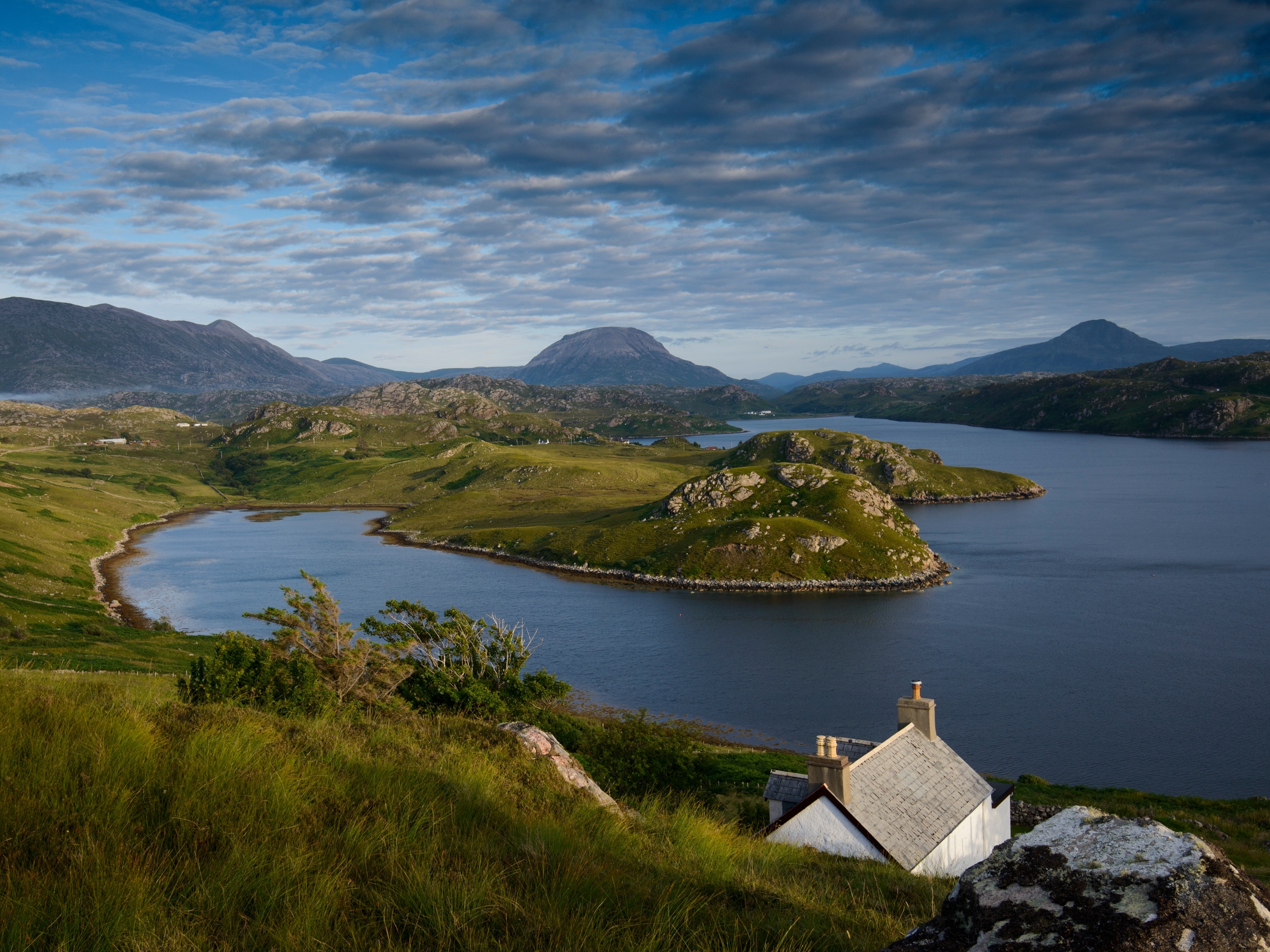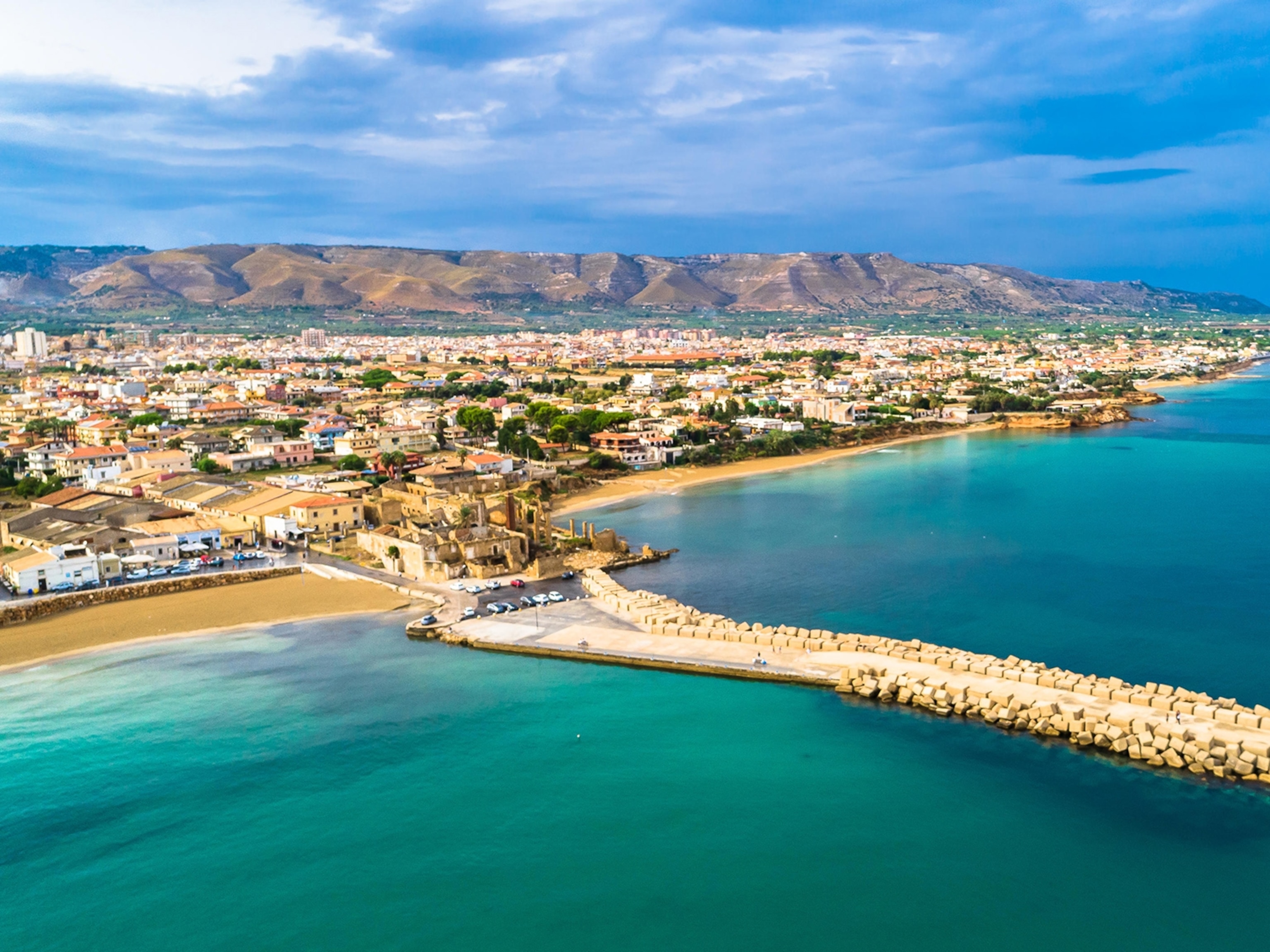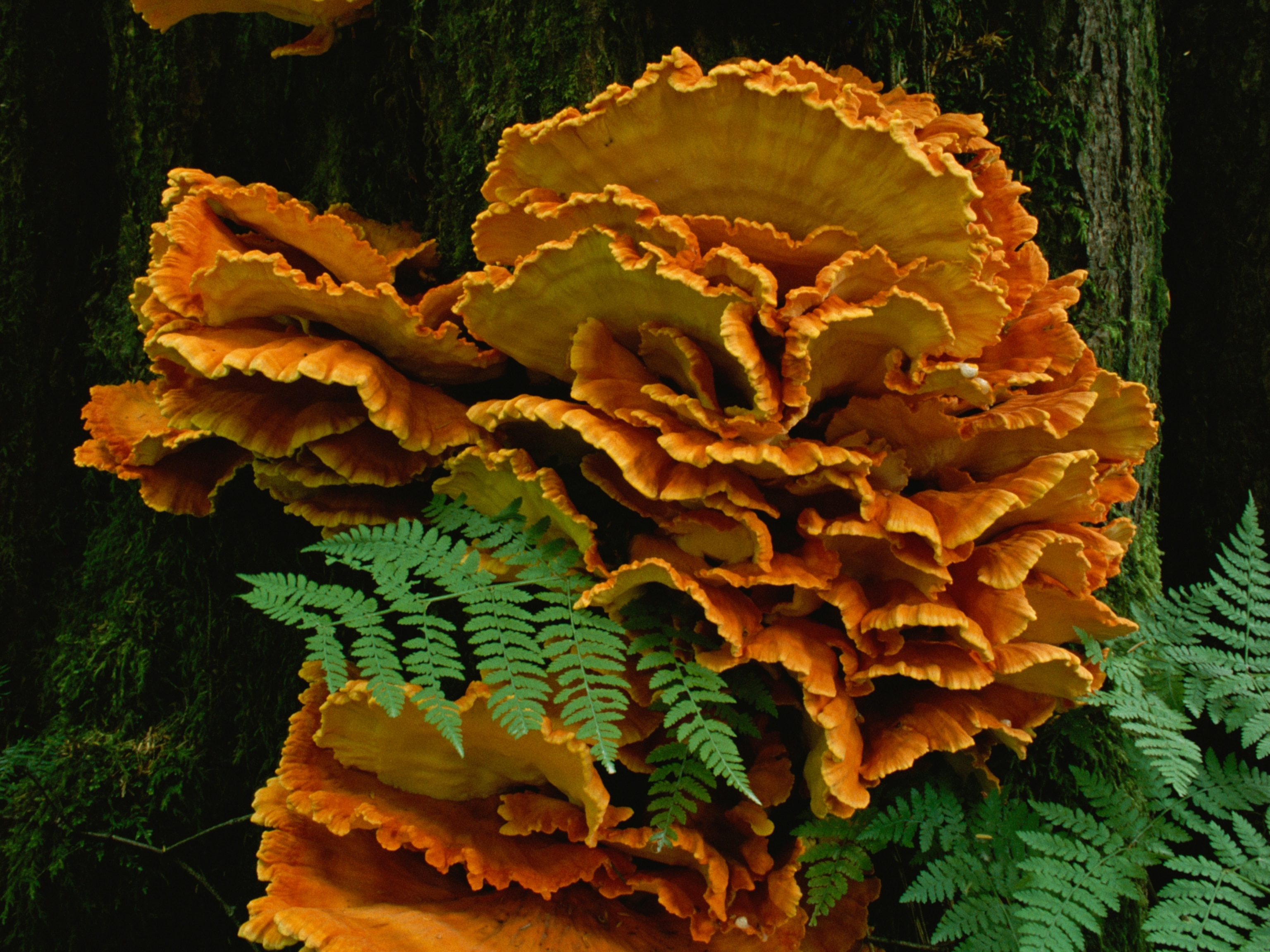
The Miracle of the Modern Banana
Explore the dark and dangerous ways the banana became the world's dominant fruit and why its future is at risk.
When it comes to fruit, I have a pet peeve. When people talk about fruit at cocktail parties, my only quibble is something semantic: how people use the word “the"—as in, when the strawberry arrived in North America, or how the avocado is paralyzing Central American farmers. There is no single version of each fruit any more than there is a single shade of red. To say that there is washes over the richness of fruit’s diversity. (Usually by this point, I find myself standing alone watching the ice melt in my drink.)
And yet, there is one fruit that deserves the “the” moniker, because it’s a fruit like none other. It's the world's most consumed fruit and spans generations as food for both toothless babies and the toothless geriatric. It's soft, sweet, and easy to digest. It crosses historical eras, has been responsible for entire governments rising and falling, and has propped up beleaguered economies. If fruits were countries, the banana would be the world's superpower. If fruits were pop stars, the banana would be Beyoncé.

Dan Koeppel, author of Banana: The Fate of the Fruit That Changed the World, explains how the banana found this unlikely stardom. He calls the fruit “one of the most intriguing organisms on earth” for a host of reasons. The banana’s parent plant isn’t a tree but an herb, and the fruit itself is a berry. The trajectory of bananas is a story of immigration, from obscure jungle species in Southeast Asia to the largest fruit crop and the fourth-most valuable food crop in the world, behind only wheat, rice, and milk.
In a globalized way, there is only one banana. There were once thousands of varieties—fuzzy ones, striped ones, ones that tasted like strawberries. And in some parts of the world, there still are. But the story of the banana is the story of how humans hyper-optimized food production. More than any other industrialized food like beef, eggs, or bread, the modern banana is a miracle of biology, and because of this, an incredible biological risk.
Of the thousands of bananas that have grown on Earth, the only one with truly global reach is called the Cavendish, which is neither the king nor queen of bananas. To most of the world it is simply the banana, cloned so many times that a banana you buy in Rome is identical as one in Rochester. This would be exciting news to Duke William George Spencer Cavendish, who first propagated the plant in 1834 and gave it his name.
The U.S. eats 3 million tons of bananas each year—a stunningly large number for a country that produces very few. They're the single-most sold item at Walmart, to the tune of 1 billion pounds annually. This despite the fact that on the list of banana producers, the U.S. ranks number 92, behind Samoa, Kiribati, and French Guyana, and produces less than one-hundredth of one percent of the world’s total. (Bananas grow best in the tropics, which explains everything about their past—and their likely future.)
Global dominance, combined with a strong consumer market, masks the fact that bananas are at risk, and not just in the sense of long-in-the-future climate change. “There’s a global banana crisis,” CNN reported in large block letters crawling across the TV screen earlier this year. The BBC declared the Cavendish at risk of “imminent death.” That’s because of Panama disease, a suffocating root fungus from Taiwan. Since all Cavendishes are clones, if the fungus can kill one banana shrub, it can kill them all.
Panama Disease isn’t new. It’s been around since the 1950s, when it wiped out the Cavendish’s predecessor, known as the Gros Michel, or Big Mike. When the Gros Michel banana succumbed to the fungus, the Cavendish was found to be immune, at least until the fungus mutated and started its attack all over again. Starting in the 1990s, the Panama fungus began to work its way across Asia and Africa again, this time taking aim at the Cavendish. The only thing protecting South American growers from the fungus are the two oceans surrounding it. But when someone with the fungus on their shoe can cross an ocean in a few hours, oceans provide little protection.
If fruits were pop stars, the banana would be Beyoncé.
In spite of everything conspiring against them, and also, in some ways, because of it, bananas are a miracle. There’s hardiness in their pedigree, a stubbornness that shouldn’t be eclipsed by something as measly as a fungus. The irony is that the bananas we eat today need humans to multiply. They couldn't exist on their own. Although considering how central they’ve been to so many people through history, I sometimes wonder which species needs the other more.





